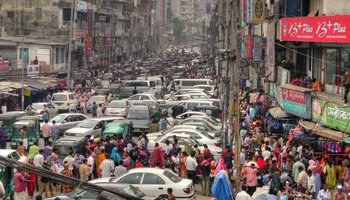|
| |
Extended producer responsibility is a waste reduction strategy that requires producers to take back products they have produced at end-of-life for reuse and recycling. This is related to the idea of a circular economy, an industrial system that creates zero waste beyond biological nutrients that can be safely released in to the environment.The practice of extended producer responsibility may be either mandatory or voluntary. It tends to be applied to industries that produce complex products such as vehicles and electronics that are difficult to reuse and recycle without in-depth technical understanding. It could be applied to simpler products as well.The responsibility to completely reuse or recycle products tends to change designs. For example, manufacturers may shift to standard easy-to-recycle materials and avoid toxic substances that are expensive to process. Extended producer responsibility also ends up reflecting the cost for waste processing in the price of items. As such, customers may move away from products that are extremely expensive to recycle.
Extended producer responsibility may prove a competitive advantage for firms that can design products to reused and recycled. |
Type | | Definition | A requirement for producers to completely reuse and recycle products at end-of-life. | Value | Eliminates waste.Allows competition to drive efficiency of design or recycling methods.Includes the cost of responsible disposal in the price of items as opposed to taxes.Industry may be far more efficient at recycling than cities, particularly for complex products.Potential to reduce environmental issues such as plastic in oceans. | Related Concepts | |
Circular Economy
This is the complete list of articles we have written about circular economy.
If you enjoyed this page, please consider bookmarking Simplicable.
© 2010-2023 Simplicable. All Rights Reserved. Reproduction of materials found on this site, in any form, without explicit permission is prohibited.
View credits & copyrights or citation information for this page.
|






























